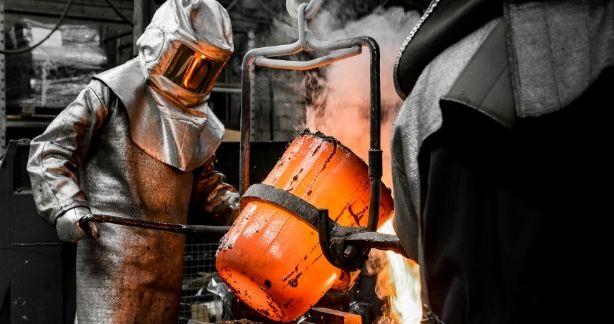As metalworkers know, no equipment will last forever when it’s constantly being exposed to high temperatures. It takes time to get used to new tools, which can be time consuming. Especially true if you’re partial to your current equipment, which is why heat treating is so important. Without raising the temperature with the appropriate process, any equipment you use will breakdown prematurely. One of the most frustrating things that could happen is that your crucible meets an untimely demise from improper care and use. Knowing how to maximize crucible service life will definitely make your life in metalwork easier and safer.
WHAT MAKES A GOOD CRUCIBLE?
A crucible should be made from materials that have a higher melting point than the metals being melted. It should be able to stand up to extremely hot temperatures without issue. Furnace crucibles can be made from a variety of metal constructions.
We at Cast Master Elite believe that clay-graphite is the ideal material for this. It can withstand high temperatures to melt your metals without being affected. Our foundry crucibles for sale come in sizes ranging from three kilograms to ten kilograms depending on the size of your projects.
HOW DO YOU HEAT TREAT A CRUCIBLE?
A new crucible needs to be heat treated. This will take time and patience but will be worth it. You’ll want to heat it to 1,110 degrees very slowly on low power. Then continue to heat on full power until the crucible is bright red.
After the initial heating up, the crucible should be heated slowly to the first 200 degrees before proceeding anytime it has cooled off for extended periods of time. Practicing preheating processes will help to sustain your crucible’s service life.
Understanding how to maximize crucible service life will inevitably make your life easier. Like anything you cook, melt, or use high temperatures on, heating things up slowly reduces the risk of premature damage. Additionally, you want things to melt properly and your tools to work as expected. After all, that’s when tools do their best work.






